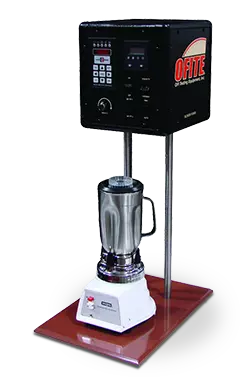API and ISO Test Standards
The API has published standard testing procedures, Recommended Practice for Testing Well Cements, API RP 10B. The International Standards Organization has published ISO 10426-2, which, as in the case of API and ISO cement specifications, are internally consistent. These standards provide general recommended practices for testing cement slurries under simulated well conditions in a way that recognizes the practical limitations of laboratory equipment.
Further, additional procedures have been published to provide guidance for specific tests related to specific cementing situations:
- ISO 10426-3, “Testing of deepwater well cement formulations”
- ISO 10426-4, “Methods for atmospheric foamed-cement-slurry preparation and testing”
- ISO 10426-5, “Test methods for determination of shrinkage and expansion of well cement formulations at atmospheric pressure”
- ISO 10426-6, “Recommended practice on determining the static gel strength of cement formulations”
The API and ISO testing practices do not simulate actual downhole conditions. They do provide a standard set of test procedures to allow comparison of results among different cement formulations. Any new ISO procedures will be adopted by API. The information provided in this module adheres to the API/ISO standards.
Slurry Sample Mixing Procedures
A slurry sample is mixed using a blender operated at 4000 RPM for 15 seconds while the required volume of cement is added to the required volume of mix water, followed by 12,000 RPM for 35 seconds. Typically a 600 mL sample is mixed.

Liquid additives are added to the mix water before the dry cement is mixed in. The order of liquid additive addition can be important in some cases and should be recorded. If the slurry is going to be mixed using a batch mixer, the sample should be transferred to a consistometer for continuous stirring in a manner consistent with expected field conditions of time and temperature. Slurries containing microspheres and foamed cements require special procedures for preparation-the blender approach is not suitable.
 Petro Shine The Place for Oil and Gas Professionals.
Petro Shine The Place for Oil and Gas Professionals.



